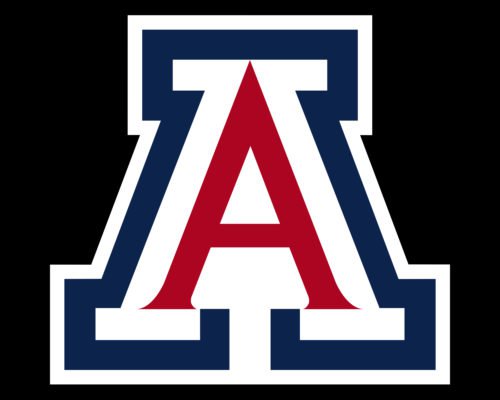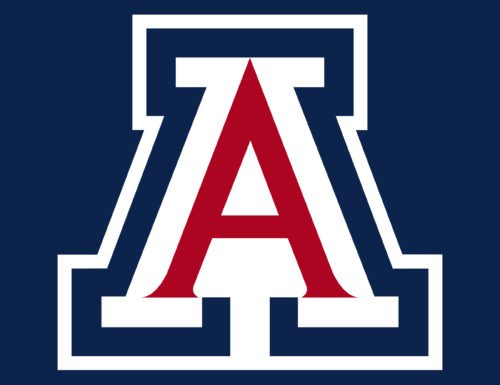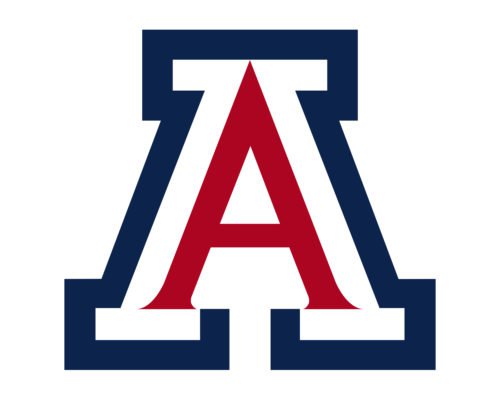 University of Arizona Logo PNG
University of Arizona Logo PNG
Since 1904, the core of the University of Arizona logo has always been the block “A”. This is a perfect example of how the school cherishes its traditions.
Meaning and history
The history of the “Block A” logo started in 1904. It was then that the UA Student Body Constitution registered the “Block A” as the University’s official emblem.
Symbol in 1970 – 1988
The next notable reference to the logo occurred in 1970. The school’s president John P. Schaefer sent an official document to each person working at an administrative position. In the document, Schaefer stated that the official logo should be “a single letter, free-standing “Block A.”
The University of Arizona received its first complete set of symbols and seals in 1982.
Current emblem
In 1989, the logo was slightly modified. As the result of it, it now includes two letters “A”, one inside the other. It is supposed to symbolize excellence in the two fields, academics and athletics.
Font
The uniqueness of the typeface featured in the University of Arizona logo may not be noticeable at small sizes. However, when the letters are big enough, their sleek and elegant lines are clearly seen. The serif all-cap type is clear and perfectly legible.
Color
The University of Arizona has two primary brand colors, cardinal red and navy blue. These have been the University’s official colors for more than a century. They were adopted in 1904 and registered in the UA Student Body Constitution, together with the “Block A” logo. These guidelines do not mention white, which also plays an important part in the logotype.
In case the primary palette does not work in a certain visual context, it is acceptable to use the extended palette created by Leatrice Eiseman and Associates. It includes 10 more colors, from dark brown (Pantone 4625U) to purple (Pantone 259U) and aqua (Pantone 3295U).











